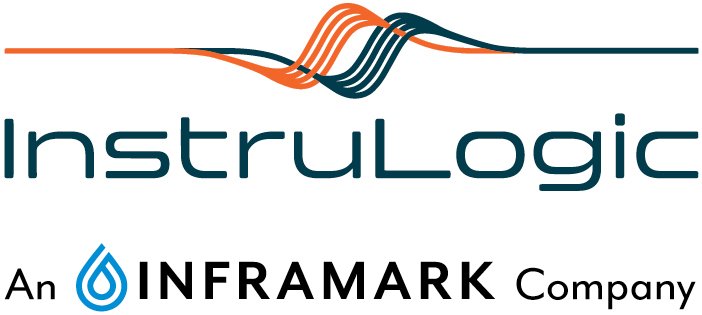SCADA Zero to SCADA Hero
You may remember the ad that ran in the back of our comic books when we were kids. A skinny little guy gets picked on at the beach by a big guy. And right in front of his girl friend! In frustration, and vowing to never let that happen again, he turns to Charles Atlas for help. Without weights, expensive equipment or gadgets, the skinny guy becomes bigger and stronger through the science of “Dynamic Tension.” And ultimately the “skinny guy” becomes the “Hero of the Beach.”
It can be the same way with your process operations. A weak measurement and control system can be ineffective, costly to your operations and even the source of professional embarrassment. And frustration often comes from attempting to persuade town hall to approve sufficient capital budget to keep current with technology and industry trends.
By creating a little dynamic tension, you can strengthen your control capabilities within the budgetary process and go from SCADA Zero to SCADA Hero by executing a step by step plan.
Step 1- Quantify the cost of doing nothing.
There is a cost associated with avoiding and delaying system upgrades. Failure of obsolete components or out of production hardware will cause lengthy and unscheduled system down time. System outages may not bring production a halt, but the increased man-hours required to keep things running without full automation has a price tag. While that cost doesn’t hit the capital budget, it does impact the operating budget.
Produce a Systems Asset Report that identifies the current status of all hardware and software components in relationship to its product lifecycle. Identify items that are obsolete, out of production, lack suitable replacement parts, require high maintenance and subject to high failure rate. Highlight the system wide consequences and budgetary impact of failure of each non-current component.
Furthermore, keeping your automation systems up to date will save money, make your operations more efficient and increase system capacity. A well designed and well run SCADA system frees up operators so they can focus their attention more efficient use of plant resources. Older systems require more hands on involvement and so there is less opportunity for process and resource optimization. These lost opportunities are real and identifiable costs associated with holding on to older less capable technology.
Step 2- Always have a plan
Rarely do municipal governments readily/easily part with the $100,000 or more required for a full plant automation upgrade. So rather than trying to eat the elephant all in one bite, carve it up into smaller portions for consumption over time. To that end, design the system that you ultimately want to have and build it incrementally.
Set 1-year, 3-year and 5-year goals. Consider emerging standards as part of your plan including:
ISA/IEC 62443 Cyber Security standard, NIST SP800-53 and the ISA-112 SCADA Standard. With a
plan in place, you will position yourself to implement your dream system while replacing failed and obsolete items. As one politician put it, “never waste a crisis”. So don’t just patch up a failing system when you can use the same budget resources to build your new system.
Your plan should include a a go-to list of projects that move you toward your goal. This list should clearly identify your weakest links and upgrades that provide the greatest returns. Your weakest links include: obsolete hardware/software, slow serial networks, failing systems, inadequate SCADA Security. Your greatest returns will be realized from adding High Performance HMI, SCADA optimization to new process areas, and adding remote visibility and access. If you can find areas where your weakest links and greatest returns overlap, these will become your top priorities. Ask your automation vendor to help you develop the plan.
Step 3 - Publish the plan
There is great value in having a documented plan. It helps your team to understand the goal so they can cooperate in achieving it. A documented plan helps keep you focused on the target. A documented plan builds confidence in your stake holders as they are able to see the ROI benefits of investing towards a better future rather than paying again for a decaying past.
Instrulogic can help
SINCE 1990, InstruLogic has built a track record of innovative solutions for municipal, industrial, and federal clients. As experienced designers and consultants in the field of instrumentation and controls, our team of specialists approach every project with a proven ability to engineer complete systems for any application.
